History of Cosmetic and Packaging-2
History of Cosmetic and Packaging-2
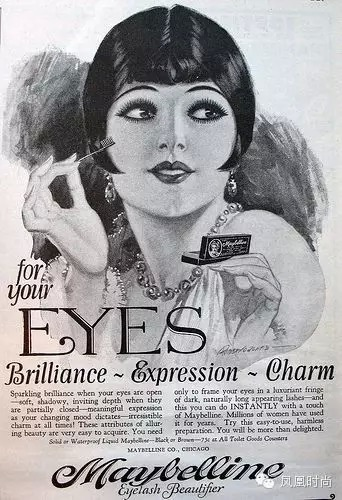
1913 The world’s first mascara – Maybelline
In 1913, in order to help his sister MABEL win the heart of her boyfriend, American chemist T.L. WILLAMS mixed petroleum jelly and charcoal powder to make eyelashes that could become dark and attractive. paste.
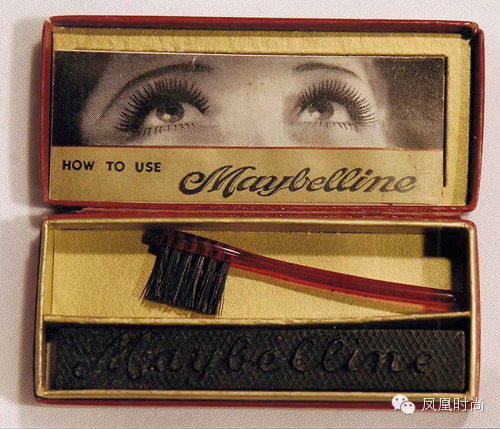
This is the world's first mascara product. It is a cake mascara (Cake Mascara) that needs to be applied with a toothbrush-like brush.
Maybelline was founded in 1915, and its name is composed of his sister's name (Maybel) and the second half of Vaseline (Vaseline). In 1917, the first simple mascara was launched, triggering a buying frenzy. The world's first waterproof mascara was born in 1939. The brand is HR, and it sponsored the underwater ballet performance at the New York World Expo to show everyone the reliability of waterproof mascara. Nowadays, mascara has become an indispensable product for most people when making up.
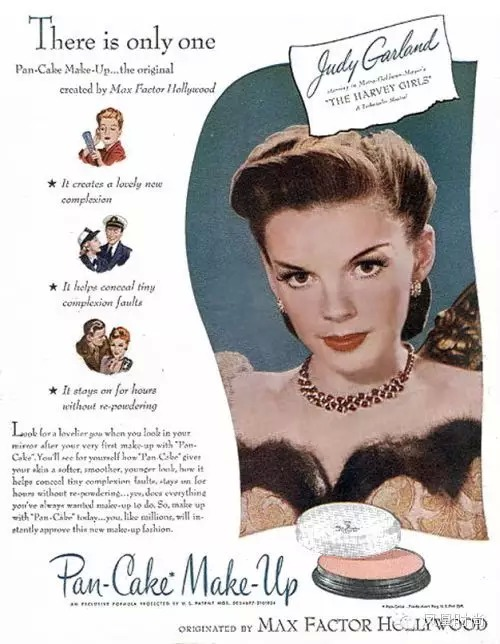
1914 The world’s first modern foundation—MAX FACTOR
The prototype of modern foundation is oil paint, which originated from German theater actor Carl Baudin. Initially he wanted to cover up the traces of wigs worn near the hairline, so he created a mixture of zinc, ocher and oils. The formula was so popular with actors that Baudin began selling the product, creating the first stage cosmetics.
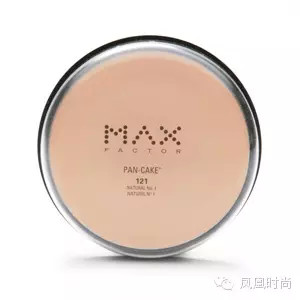
The first foundation product to appear in a commercial was MAX FACTOR's Pan-Cake, which was named very playfully. It was first designed for movie shooting. Actresses were impressed by the makeup effect after using it and hoped to have it for daily use. The special thing about this product is that the formula achieves the effect of foundation and makeup, which was a breakthrough at the time. In the past, actors had to use oil-based foundation and then apply powder to reduce shine and prevent makeup from coming off.
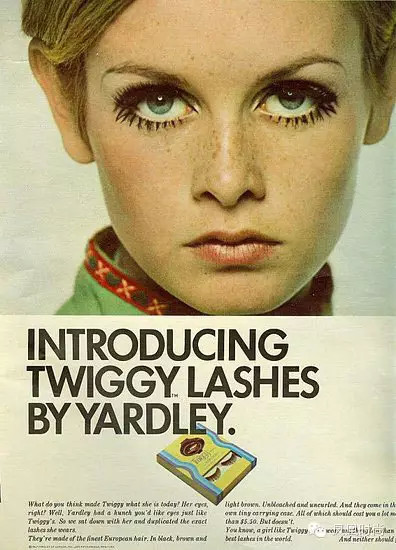
1916 The world’s first false eyelashes
False eyelashes were invented by film director D.W. Griffith in 1916 and are made from real human hair. At first, it was only used in film and television shootings. Later, around 1960, the British model Twiggy started this trend. The picture shows the advertisement she shot for YARDLEY.

(false eyelashes in 1960s)
1916 The world’s first true cologne – Acqua di Parma
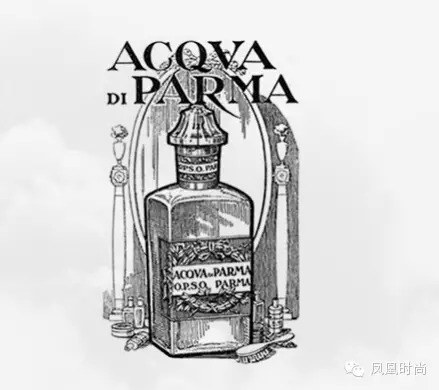
The Acqua di Parma company was founded in Parma in 1916 to supply cologne for use in scenting gentlemen's handkerchiefs. This cologne was created by perfumers in a small laboratory in the center of the old town of Parma. It smelled different from many popular fragrances at the time. It became popular because the fragrance was fresher and more modern. After the 1930s, this cologne, called "Colonia", became an important symbol of Italian elegance. Many Hollywood movie stars in the 1950s were its users, including Audrey Hepburn.
The brand considers that the most important thing about their colognes is that they only use natural ingredients, and that has not changed to this day.
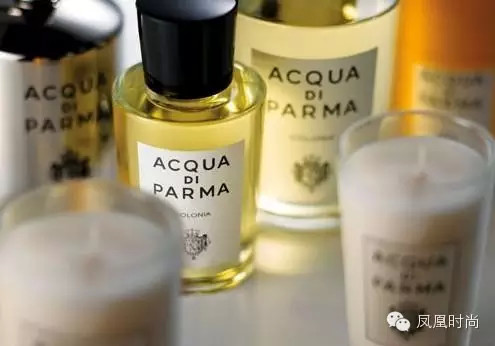
In 2001, LVMH acquired Acqua di Parma. The brand opened more branches around the world and had more sales channels, bringing the brand's concept of luxury fragrance to more people.

1917 The first colored powder - Shiseido
In 1917, Shiseido launched "Seven Color Powder". In that era when white perfume powder flooded the market, the seven-color perfume powder was a great innovation. The seven colors are "white", "yellow", "flesh yellow", "rose", "peony", "green" and "purple". They can be used separately for different skin colors. It is a pioneering product. It has a reputation among artists for its "extremely beautiful skin color that appears under the light".

Later, the "Modern Color Powder" released in 1932 was upgraded to nine colors.
"Seven-color powder" is the first color foundation product in Japan, but it is not clear whether it is the first in the world. Nowadays, many brands still have such products, but they are no longer in powder form, but are made into balls or pressed into powder, such as Guerlain's Meteor.
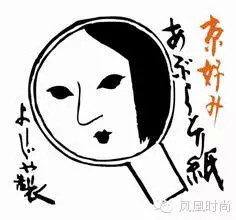
1920 The earliest oil-absorbing tissue - Youjiaya
Speaking of oil-absorbing tissues, we have to mention this Ujiaya beauty store in Kyoto. The signature geisha avatar is deeply rooted in people's hearts. Geisha was a representative of beauty and the idol of many women at that time, so products that advertised geisha's favorite products were immediately popular.
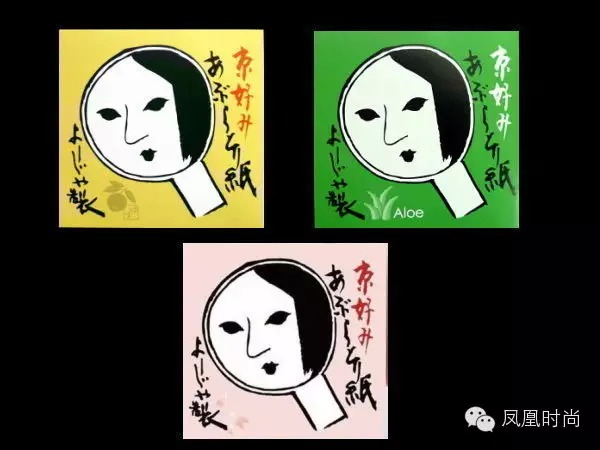
It is said that the first product sold was four times the current size and could cover the entire face. After continuous improvement, it became shaped like a small manual. Each copy sold for 5 yen and was immediately well received by consumers.
In addition to ordinary oil-absorbing papers, there are also "Oil-Absorbing Tissues·Aloe" containing aloe vera essence, seasonal products "Oil-Absorbing Tissues·Sakura" and "Oil-Absorbing Tissues·Yuzu". There is now a limited edition of "Oil-Absorbing Tissues·Matcha".
Many people will buy it as a souvenir or souvenir when they go to Kyoto, and the packaging is still very antique.
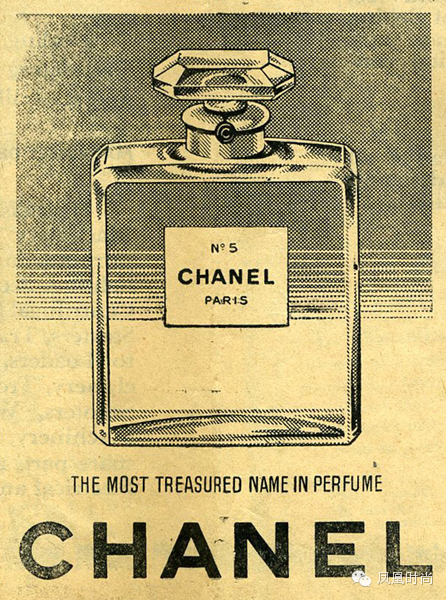
1921 The world’s first perfume containing acetaldehyde – Chanel
Everyone has mixed reviews about the smell of perfume No. 5. It is a floral perfume, but it does not smell like real flowers. You cannot clearly smell the Grasse jasmine, May rose or ylang-ylang used in it. On the contrary, it is more complicated, and some people may even feel dizzy.
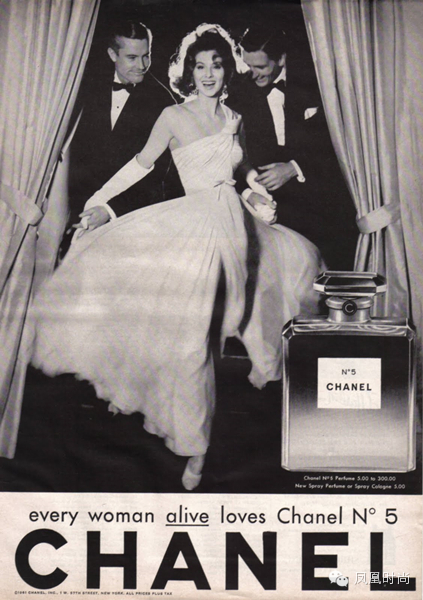
(Early Chanel No. 5 perfume ad)
Because acetaldehyde is added, and the dose is not small. Acetaldehyde can extract the characteristics of plant essences, discover another unknown smell of plants, and make these smells ever-changing. Chanel used this concept, combining acetaldehyde, plants and a variety of flowers to create an unprecedented scent.
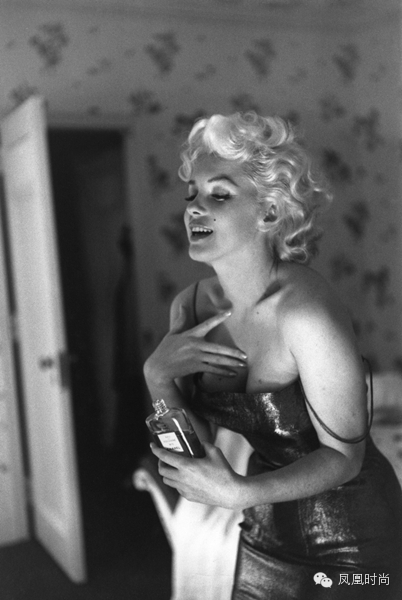
(Monroe's commercial for Chanel No. 5 perfume)
This is what is unique to Chanel No. 5 perfume and is very clearly different from other brand perfumes. While other high-end perfume brands are rushing to pursue the real fragrance of flowers, Chanel No. 5 perfume goes in the opposite direction. It does not try to reproduce the fragrance of flowers, but at the same time makes the fragrance beautiful, magical and attractive. This is why perfume No. 5 has become a classic.
No. 5 perfume has many derivatives, such as soap, body cream, bubble bath, body powder, etc.
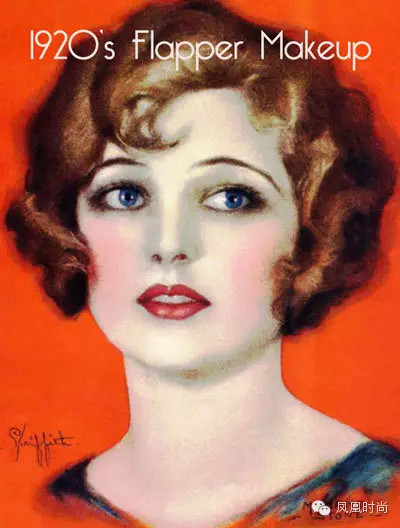
1922 The earliest eyeliner product
Eyeliner really became popular around 1922, when Englishmen Howard Carter and George Herbert discovered the tomb of the Egyptian pharaoh Tutankhamun. People were fascinated by the eye makeup of ancient Egypt, and women began to wear heavy eye makeup, especially eyeliner.
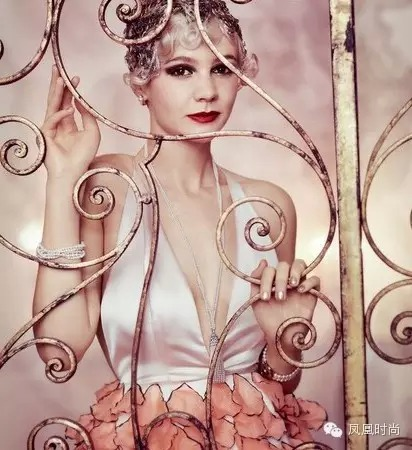
The 1920s was the time when "The Great Gatsby" was set, so the glamorous makeup you will see in the movie was indeed a popular product at that time.
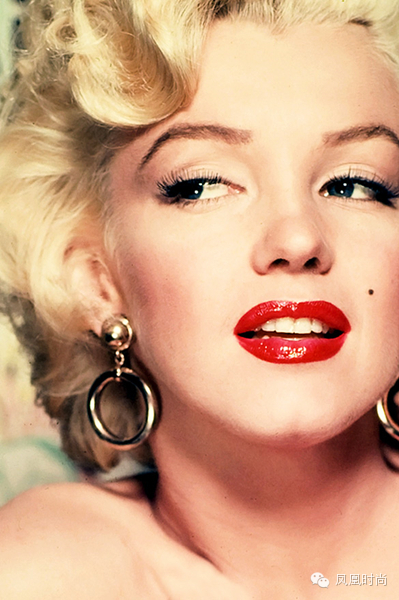
Eyeliner became popular again in the 1950s, with the invention of liquid eyeliner (sometimes called eyeliner), and cat-eye eyeliner entered the stage of history. In addition, actresses such as Marilyn Monroe also wore such makeup, and this trend lasted for a long time.
Unfortunately, the information does not indicate the brand of the original eyeliner product. Nowadays, the more famous eyeliner products include BOBBI BROWN Liuyun eyeliner, various Japanese brands of ultra-fine liquid eyeliner, etc.
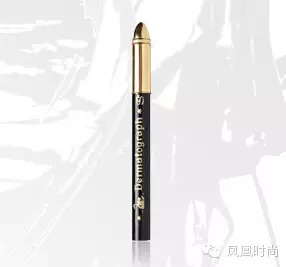
1927 The world’s first eyebrow pencil—Schwan-STABILO
Schwan-STABILO is a somewhat niche German cosmetics brand. Its LOGO is a swan (Schwan means swan in German). The company's first cosmetic product was an eyebrow pencil, the world's first eyebrow pencil.

(The company’s current eyebrow makeup products)
What's interesting is that this product was not originally used as cosmetics, but was used to mark the skin during surgery, because Schwan-STABILO itself is a stationery company. Later, this pen was extended to draw eyebrows and was named Schwan eyebrow pencil. Because of this product, the company has diversified its structure and started a side business of manufacturing cosmetics.